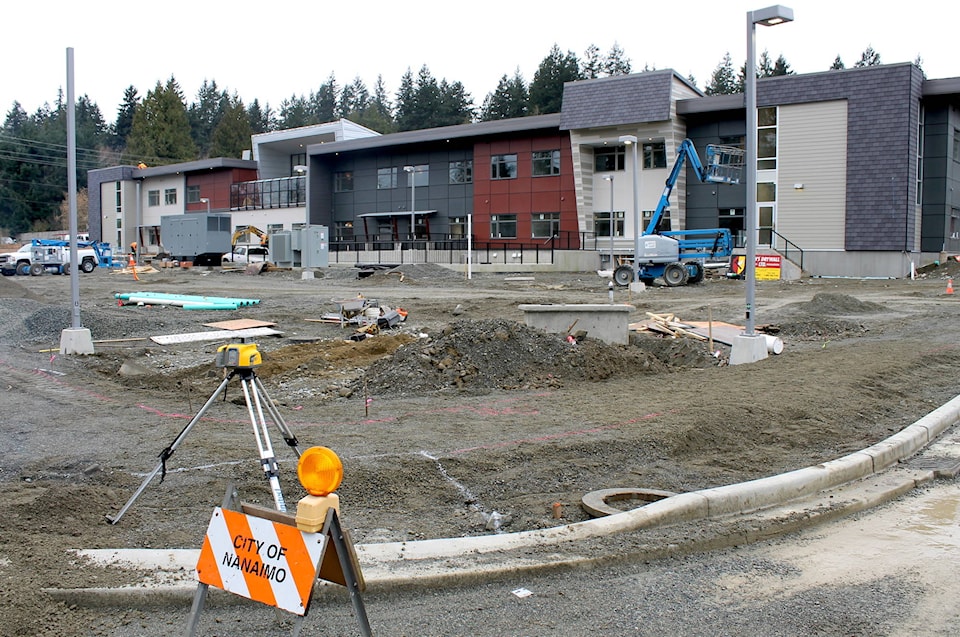Chartwell Retirement Residences plans swift action to address the old Malaspina Gardens building when residents are moved into a new complex care facility in south Nanaimo this spring.
This June, residents will fill rooms of the new $27.4-million Chartwell Malaspina Care Residence on Twelfth Street, a 136-bed replacement facility for Malaspina Gardens, Chartwell’s oldest site.
The project is supported by Island Health, which previously said Malaspina Gardens is an outdated facility that no longer provides an ideal environment for residents based on modern standards for residential care. It will provide just over $10 million in annual operating funding.
Sharon Henderson, Chartwell’s vice-president of communication and public affairs, said there’s excitement about the new site, with the greatest benefit being that it’s bringing a modern, safer and more secure elements to residents.
“It’s such a drastic change from the current site to the new site,” she said.
Malaspina Gardens, on Machleary Street, was home to one of Nanaimo’s original hospitals, built between 1925-1942 and was decommissioned as a hospital in 1962 when the Nanaimo Regional General Hospital opened, a presentation by city heritage planner Chris Sholberg shows.
About 70 people turned out to an information session by the Nanaimo Old City Association on the building, including its heritage, last month. Association president Ian Knipe said there was quite a bit of interest around steps and responsibility in ensuring the building is safe and secure and that vandalism is minimized if the building is vacated and left unoccupied for a period of time.
“It’s got a gorgeous view both of the ocean and mountains and I think there’s a lot of interest in terms of are the buildings going to stay, if they are going to be brought down, what’s going in place of it?” Knipe said.
Henderson said the focus is on the new facility, but Chartwell is aware of “very legitimate concerns” by neighbours on the risks of the site being empty, like rodents, vandalism, squatters and dumping of materials.
“That site is not considered safe for an extended period of time on its own and that would lead us to the decision to move quickly to demolish that building,” said Henderson, who confirmed plans to sell. Future use would have to be negotiated between the purchaser and the municipality.
Sholberg has, to a degree, advocated to preserve the building, seeing potential for reuse. However, nothing can be imposed on the owners because while it’s on the community heritage register, it doesn’t have protected status. It’s about discussion, said Sholberg, who hopes to have that talk before a demolition permit is submitted.
“At the end of the day if they submit a demolition permit, we’ll have to process that and the question will be what do we do when that happens?” he said.
The new Twelfth Street residence has one more bed than the current facility and three private-pay beds. It has no licensed dementia care beds as were originally planned, but the building is licensed for complex care, which includes dementia.
news@nanaimobulletin.com
